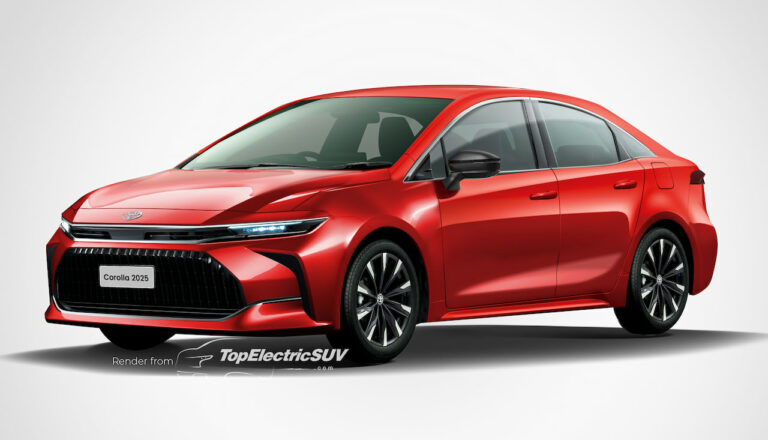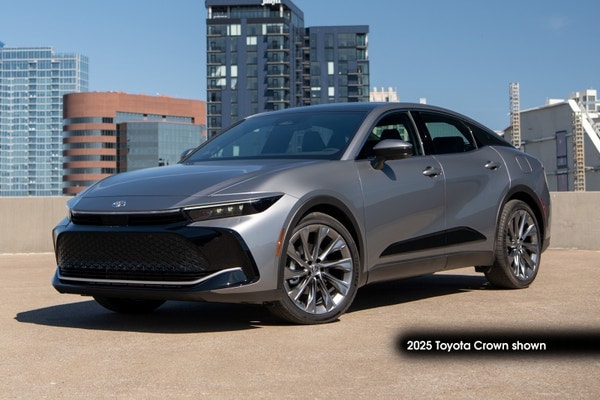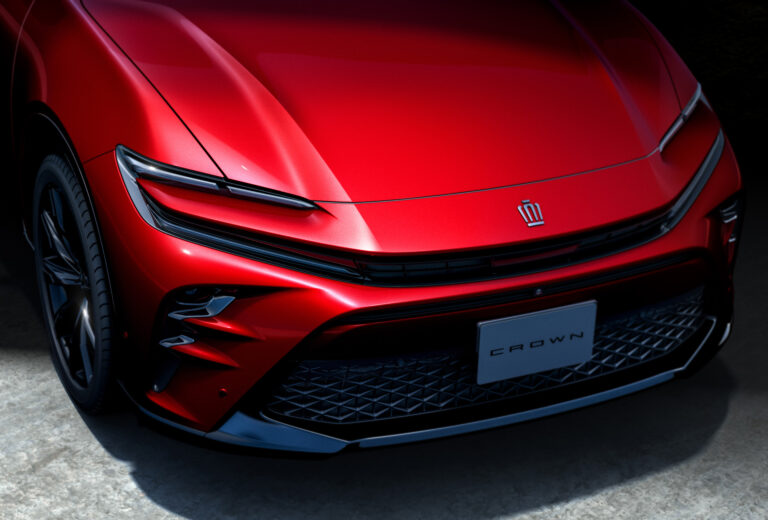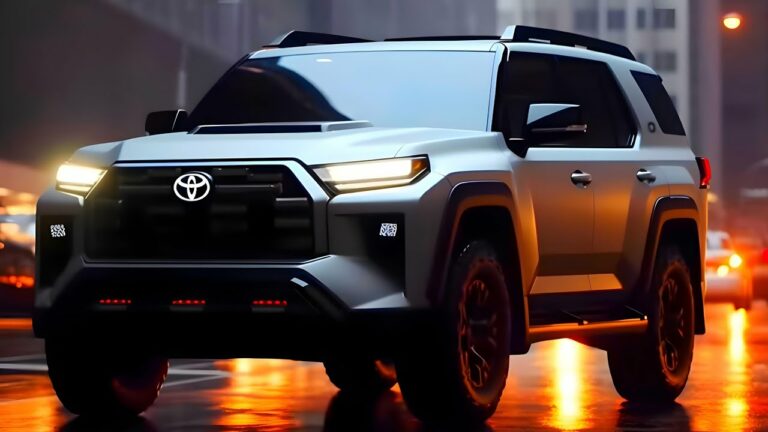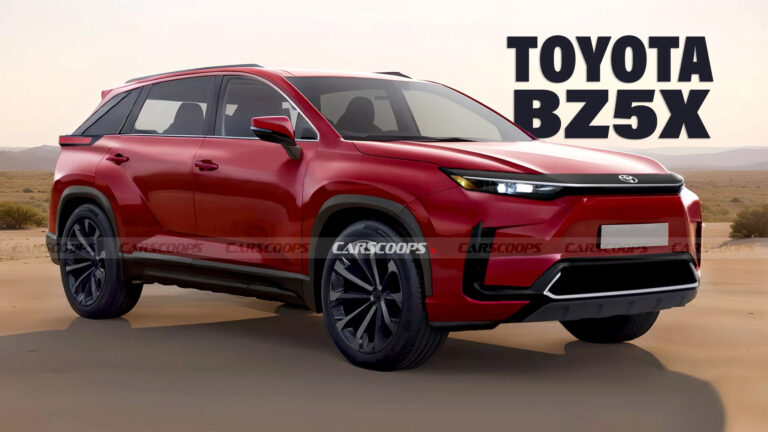2026 Toyota Venza Price
Comparison with Competitors’ Pricing
The 2026 Toyota Venza will likely face competition from established players in the midsize SUV segment. Key rivals include the Honda CR-V, Nissan Rogue, and Mazda CX-5.
Based on market estimates, the Venza’s pricing is expected to be in line with its competitors. The base model may start around $30,000, similar to the CR-V and Rogue. Higher trim levels could range from $35,000 to $40,000, comparable to the CX-5’s top-of-the-line variants.
Toyota’s pricing strategy appears to balance competitiveness with the Venza’s premium positioning. By aligning with its rivals, the Venza can appeal to a broader range of buyers seeking a well-equipped and reliable midsize SUV.
Honda CR-V
The Honda CR-V offers a comprehensive range of trims, with pricing starting from around $28,000 for the base LX model. The top-of-the-line Touring trim can cost up to $38,000.
Nissan Rogue
The Nissan Rogue’s pricing is slightly lower than the Venza, with the base S trim starting at around $27,000. The range-topping Platinum trim can cost up to $36,000.
Mazda CX-5
The Mazda CX-5 is known for its upscale interior and driving dynamics. Its pricing reflects this premium positioning, with the base Sport trim starting at around $27,000. The top-of-the-line Signature trim can cost up to $40,000.
Impact of Features and Trim Levels on Price
The 2026 Toyota Venza is expected to offer a range of features and trim levels that will impact its overall pricing. These features and trim levels will vary in terms of comfort, convenience, and performance, and they will be reflected in the vehicle’s price.
Key Features and Trim Levels
The 2026 Toyota Venza is expected to offer a variety of key features, including:
- Advanced safety features, such as lane departure warning, automatic emergency braking, and adaptive cruise control.
- A comfortable and spacious interior with seating for up to five passengers.
- A powerful and efficient engine with a choice of gasoline or hybrid powertrains.
- A variety of trim levels, including LE, XLE, Limited, and Platinum.
Impact on Pricing
The trim level and features of a 2026 Toyota Venza will have a significant impact on its price. The base LE trim level is expected to start at around $35,000, while the top-of-the-line Platinum trim level could cost upwards of $45,000.
The addition of features such as a sunroof, leather seats, and a premium audio system will increase the price of the vehicle. Similarly, choosing a hybrid powertrain over a gasoline engine will also add to the cost.
Examples of Price Variations
Here are some examples of how specific features and trim packages can lead to price variations in the 2026 Toyota Venza:
- The LE trim level with a gasoline engine is expected to start at around $35,000.
- The XLE trim level with a hybrid powertrain is expected to cost around $38,000.
- The Limited trim level with a sunroof and leather seats is expected to cost around $42,000.
- The Platinum trim level with a premium audio system and a heads-up display is expected to cost around $45,000.
Market Demand and Pricing Adjustments

The 2026 Toyota Venza is expected to face a dynamic market with evolving consumer preferences and industry advancements. Understanding the potential market demand is crucial for Toyota to determine its pricing strategy and adjust prices accordingly.
Several factors could influence the demand for the Venza. Economic conditions play a significant role, as consumers’ purchasing power directly impacts their willingness to spend on new vehicles. Fuel efficiency remains a key consideration, particularly with rising fuel prices. Moreover, technological advancements and the increasing popularity of electric vehicles could shape consumer preferences.
Impact of Economic Conditions
Economic conditions, such as GDP growth, unemployment rates, and consumer confidence, can significantly impact the demand for new vehicles. A strong economy with low unemployment typically leads to higher consumer spending and increased demand for cars.
Fuel Efficiency and Environmental Concerns
Fuel efficiency has become a major factor in consumer vehicle purchases. The rising cost of fuel has made fuel-efficient vehicles more appealing. Toyota’s focus on hybrid and electric powertrains in the Venza aligns with consumer demand for eco-friendly options.
Technological Advancements and Competition
Advancements in technology, such as autonomous driving features and improved connectivity, are influencing consumer preferences. The Venza’s advanced safety and infotainment systems could appeal to tech-savvy buyers. Additionally, competition from other automakers, including electric vehicle manufacturers, will affect market demand.
Regional Price Variations
Regional factors can significantly impact the pricing of the 2026 Toyota Venza. These factors include taxes, transportation costs, and local market conditions.
Taxes
Taxes on vehicles vary widely from region to region. For example, the sales tax on a new car in California is 7.5%, while the sales tax in Texas is 6.25%. This difference in taxes can result in a significant price difference for the same car in different regions.
Transportation Costs
The cost of transporting a car from the factory to the dealership can also vary depending on the region. Cars that are shipped long distances will typically cost more than cars that are shipped shorter distances. This is because the cost of fuel and labor is higher for longer distances.
Local Market Conditions
Local market conditions can also affect the price of a car. For example, if there is a high demand for a particular car in a certain region, the price will be higher than in a region where there is less demand.
Toyota’s Strategies
Toyota may employ several strategies to address regional price variations. One strategy is to offer different prices for the Venza in different regions. Another strategy is to offer incentives, such as rebates or discounts, in regions where the price is higher. Toyota may also adjust the features and trim levels of the Venza to make it more affordable in certain regions.
Historical Pricing Trends

To understand the pricing strategy for the 2026 Toyota Venza, it’s crucial to examine historical pricing data from previous model years.
Analyzing these trends helps identify patterns and significant changes in pricing, providing insights into how the market has responded to the Venza’s features, trim levels, and overall value proposition.
Historical Pricing Analysis
- Gather pricing data for the Toyota Venza from its initial launch year to the present.
- Identify any significant price increases or decreases over time.
- Correlate price changes with major updates, redesigns, or changes in market conditions.
Financing and Lease Options
When purchasing a 2026 Toyota Venza, potential buyers have the option to finance or lease the vehicle. Financing involves taking out a loan to cover the cost of the car, which is then paid back over a period of time with interest. Leasing, on the other hand, is a rental agreement where the consumer pays a monthly fee to use the car for a predetermined period, typically 24 or 36 months. At the end of the lease term, the consumer can choose to return the car, purchase it, or lease a new one.
The choice between financing and leasing depends on individual circumstances and preferences. Financing is generally a better option for those who plan to keep the car for a longer period, as it allows them to build equity in the vehicle. Leasing, on the other hand, may be a more affordable option for those who want to drive a new car without the long-term commitment of ownership. Toyota may offer special promotions or incentives related to financing or leasing, such as low interest rates or lease deals, which can further impact the overall cost of ownership.
Impact on Overall Cost
Both financing and leasing have different impacts on the overall cost of ownership. Financing typically results in a higher total cost than leasing, as the consumer is paying both the principal and interest on the loan. However, financing allows the consumer to build equity in the vehicle, which can be a valuable asset in the long run. Leasing, on the other hand, typically results in a lower monthly payment than financing, but the consumer does not own the car at the end of the lease term. Additionally, leasing often comes with mileage restrictions and early termination fees, which can add to the overall cost.
Q&A
What is the estimated price range for the 2026 Toyota Venza?
Based on current market trends and industry analysis, the estimated price range for the 2026 Toyota Venza is expected to fall between $30,000 and $40,000.
How does the Venza’s pricing compare to its competitors?
The Venza’s pricing is expected to be competitive within its segment. It is anticipated to be priced similarly to the Honda CR-V, Nissan Rogue, and Mazda CX-5, while offering a unique combination of features and value.
What factors could affect the final pricing of the Venza?
The final pricing of the Venza may be influenced by various factors, including trim levels, optional features, market competition, and economic conditions.
How will market demand impact the Venza’s pricing?
Market demand will play a role in shaping the Venza’s pricing strategy. If demand is strong, Toyota may adjust pricing accordingly. Conversely, if demand is lower than anticipated, Toyota may offer incentives or price adjustments to stimulate sales.
Are there any special financing or lease options available for the Venza?
Toyota typically offers a range of financing and lease options for its vehicles. Specific details for the 2026 Venza will be available closer to its launch date.
